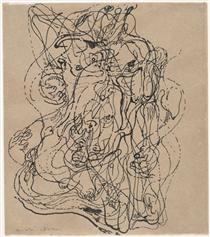
1896 - 1987
Andre Masson
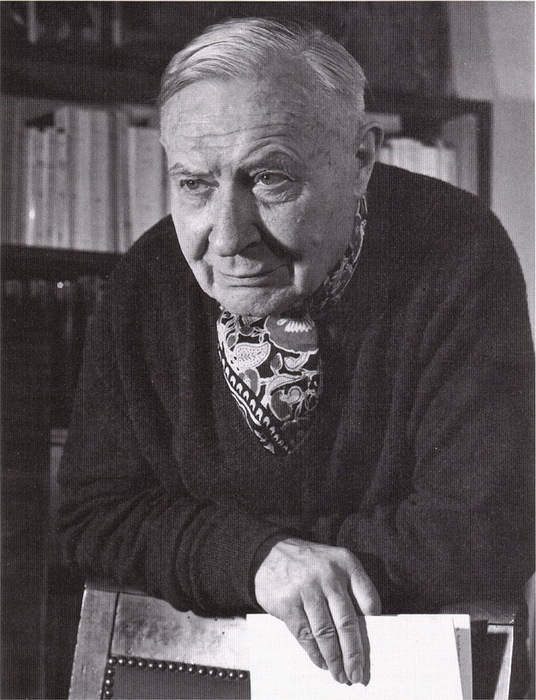
description
A French painter and sculptor, a bright representative of avant-garde movements in his country and the United States. Andre Masson, a close friend of A. Breton, J. Miro, M. Ernst, was one of the largest early French Surrealist artists. Then, abandoning the main ideas of this style, he focused on the expressive image of impulses of love and hate, acutely reacting to the tragic events in Europe.
Forcefully living in America for several years, the artist was interested in ancient, African-American and Native American mythology, putting modern sound into the plots. His style influenced many young American artists who developed Abstract Expressionism.
A. Masson wrote, “painful contradictions are the source of the greatest artistic inspiration”; his identification as a Surrealist is ambiguous, although it was he who was the most ardent supporter of the release of the subconscious.
Throughout his life, Masson had a huge number of exhibitions throughout Europe and in the United States; his works, including those created in a unique style with the use of sand, are at the most significant contemporary art galleries and museums of the world.
Key ideas:
– In the early paintings of the artist, his interest in Cubism is seen: the objects are depicted from several points of view. However, Masson did not use such techniques as the division of objects into faces and planes.
– A special feature of the works of the early 1920s is individual color solutions – the so-called dull, “bleached” painting, giving the oil paintings the appearance of thin and delicate watercolors.
– Later, Masson became an active advocate of the “autonomous”, independent of the mind method of creating canvases – he forced himself to work in extreme conditions, for example, after a long starvation or several days without sleep, or under the influence of narcotic substances. So he hoped that he could get rid of the conscious and free his art from rational control.
– From the mid-1920s, the artist experimented by throwing sand on canvas, covered with glue or fresh paint. D. Burliuk used approximately the same method a little earlier seeking texture of painting.
– By 1930 and later, the artist became somewhat isolated from Surrealism that had gained strength and, besides paintings on the subject of the Spanish Civil War, created works in a more structured style and with a strong erotic component. American customs officers, inspecting Masson’s baggage, found nude artworks and, considering them as pornographic, destroyed them in front of the author.
– After the war, the artist returned to France, settled in Aix and painted landscapes, the style of which can be called a synthesis of several modernist and avant-garde techniques of visual art.
1896
1912
1920
1924
1930
1934
1936
1938
1941
1945
1948
1954
1958
1960
1962
1976
1987
1987
He was born in France, but grew up in Belgium
He studied the technique of fresco painting
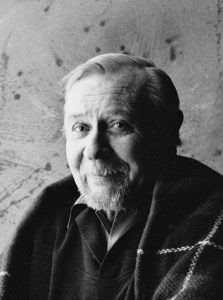
Arrived in Paris

The first solo show

He became friends with A. Matisse

Created a series of works, depicting Spain

He exhibited 14 works at the International Surrealist Exhibition in Londonпонировал 14 работ на Международной выставке сюрреалистов в Лондоне

The beginning of the second surrealistic period

He went to America

The artist’s exhibitions were held at the galleries of Whitney and Bucholz
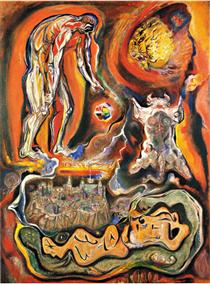
The presentation at the Louise Leiris Gallery
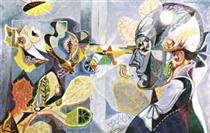
Exhibited 6 works at the Venice Biennale
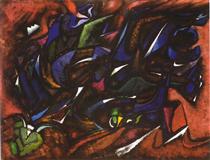
A retrospective exhibition of the artist’s engravings
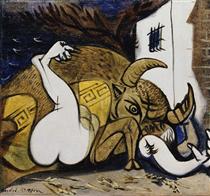
A personal exhibition of the artist was held at the gallery "Svensk-Franska" in Stockholm
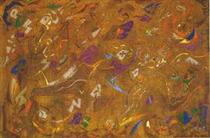
He actively exhibited in Europe
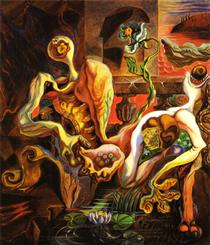
A retrospective exhibition of the artist was held at MOMA
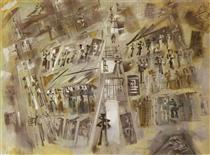
he last lifetime retrospective exhibition
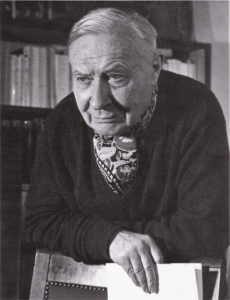
The death of the artist

